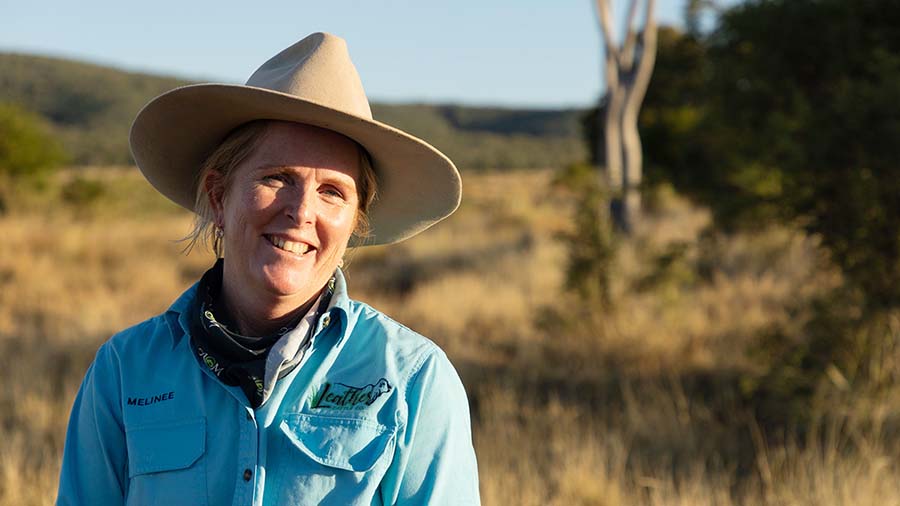Accounting for Nature's framework is a scientifically rigorous methodology for measuring the biophysical condition of environmental assets (e.g. native vegetation, soils, freshwater, native fauna, marine). Within the framework, there are many different accounting 'methods' which contain detailed measurement and reporting requirements for environmental assets in specific regions, ecosystems, or sub-regions. Methods are divided into categories for assessing native vegetation, soil, native fauna, fresh water and marine environmental condition.
These scores are easy-to-understand metrics that summarise complex scientific information into a single number between 0-100.
Depending on the method used, environments are assessed and assigned an Econd and/or a Pcond score. These scores are easy-to-understand metrics summarising complex scientific information into a single number between 0-100. Econds assess the environmental condition of an area, with a score of 0, meaning the asset is completely degraded, and a 100, meaning the asset is in the highest possible environmental condition.
A Pcond score describes the productive condition of an environmental asset in terms of its production potential, also on a scale of 0, which would be completely unproductive, to 100, extremely productive.
On Barfield Station, the Leathers decided on using AfN-METHOD-S-02, which assesses soil condition for productive land. This method includes an Econd calculation as well as a Pcond calculation.
On Wirra, the Shannons used AfN-METHOD-NV-08, which assesses the Econd and Pcond of permanent and perennial pastures. They chose this method to easily monitor and understand the environmental and productive condition of native vegetation within their grazing paddocks.
Choosing methods that include both an Econd and Pcond calculation means landholders can easily compare and understand any potential trade-offs between production and their environment. This allows them to set a target - or optimal zone - specific to the goals of their enterprise.
Accounting for Nature representative and advisor Dr Amanda Hannson supported the Leathers and the Shannons throughout the accreditation process. 'It's important to select a method that's right for your purpose and targets what your consumers and stakeholders are interested in measuring.' says Dr Hannson, 'Some of the methods available are really broad and measure things like the health of soil, vegetation or water. There are also quite specific methods, for example, focusing on conservation for a particular fauna species.'





